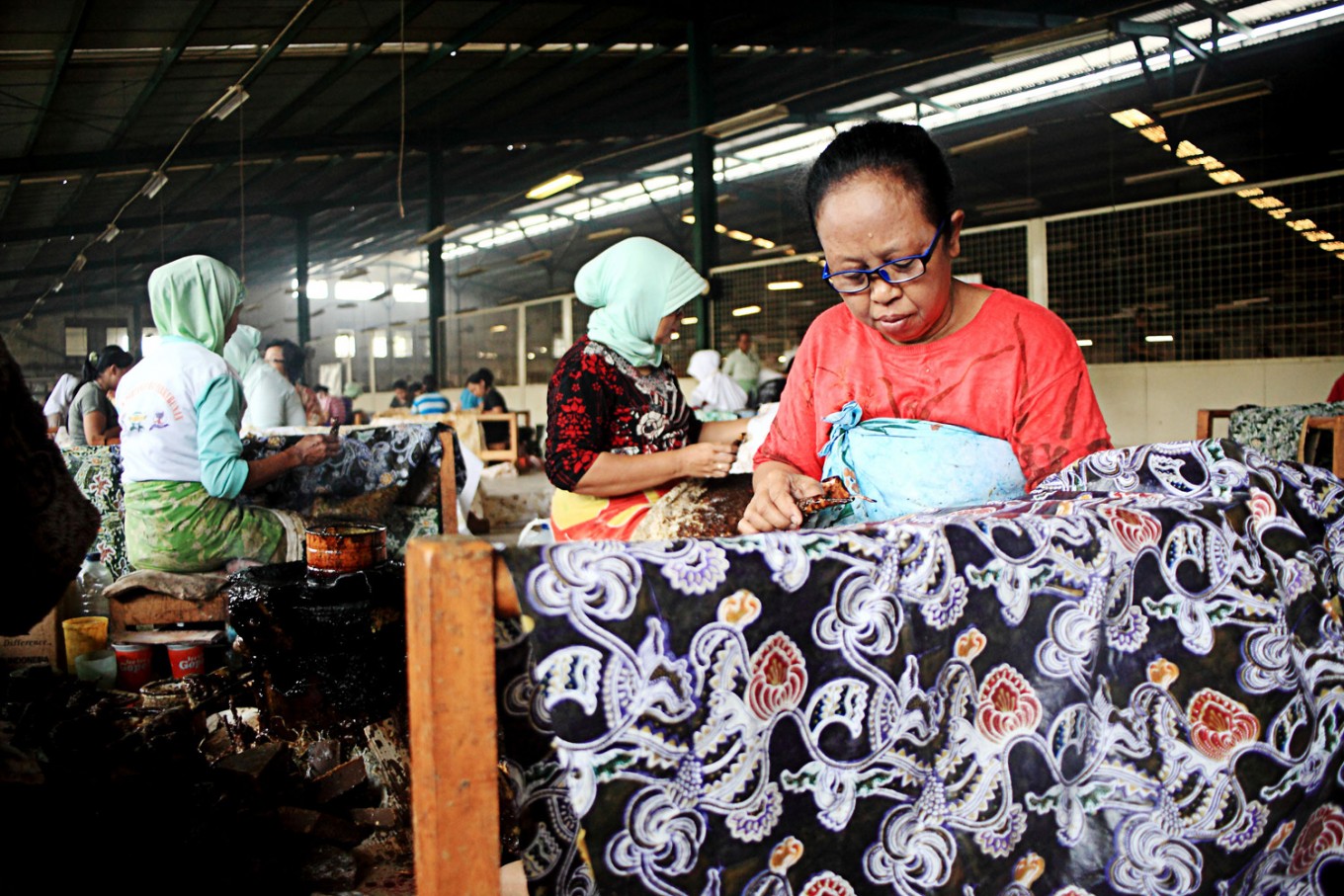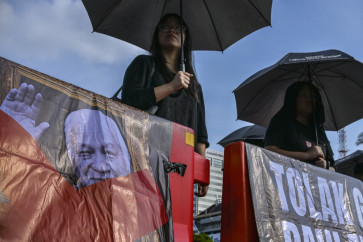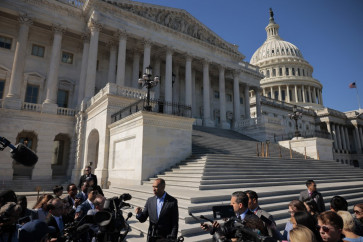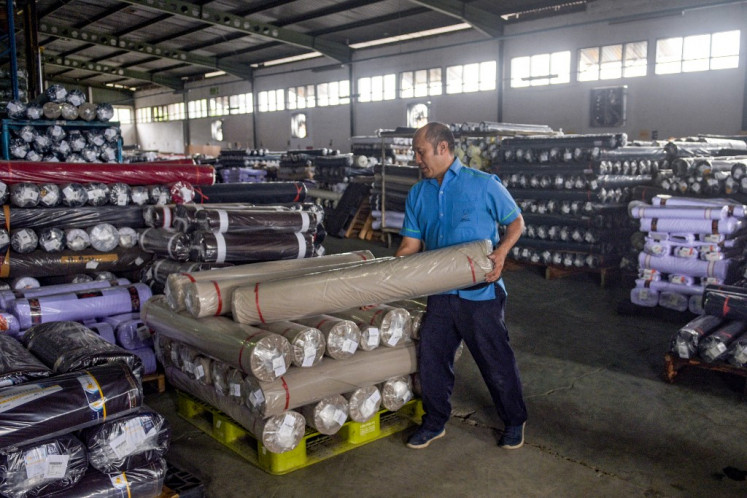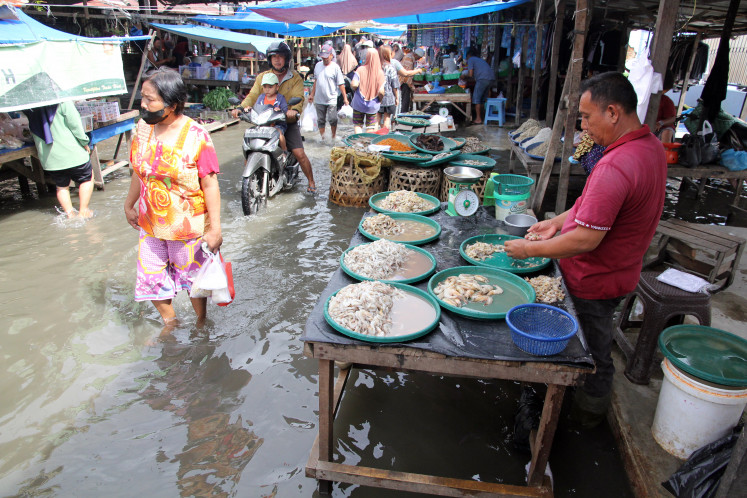Popular Reads
Top Results
Can't find what you're looking for?
View all search resultsPopular Reads
Top Results
Can't find what you're looking for?
View all search resultsInequality lingers in Indonesia’s creative industries
The dominant narrative in Indonesian government's efforts to develop the country's creative economy is still centered around traditional economic indicators such as GDP, labor market growth and exports.
Change text size
Gift Premium Articles
to Anyone
W
omen in Indonesia’s creative sector tend to have lower educational qualifications than men. This gender inequality was recently revealed by the Ministry of Tourism and Creative Economy in its latest report, developed in collaboration with Statistics Indonesia (BPS).
This finding is particularly concerning given the importance of education in knowledge-based sectors such as cultural and creative industries, which rely heavily on creativity and innovation.
The report also finds women earn less than men. From 2018 to 2021, the average pay in the creative industries for women was consistently lower than men.
This gender pay gap is not only unfair in how it undervalues women, but it also hampers the development of products and ideas in the industry. The lack of visibility and recognition can discourage young women from pursuing creative jobs, perpetuating the cycle of underrepresentation and inequality. This is a lose-lose situation for all concerned.
It is crucial the government takes proactive measures to assist women in the creative sectors in acquiring new skills, closing the gender gap in educational attainment, and enforcing more non-discriminatory employment practices. By doing so, the government can help ensure women have equal opportunities to succeed and the sector benefits from a wide range of varied and inclusive ideas and creations.
Alongside gender, tackling spatial disparities is crucial. Most creative workers are located in Java. This concentration can limit the diversity of cultural and creative products in Indonesia and employment opportunities for other regions.
Indonesia is more than Java. We are a diverse country with different ethnic groups, each with its own culture and traditions.
However, the dominance of Java in the creative economy can perpetuate a form of exclusion that is experienced by other ethnicities. This can limit opportunities for individuals from all other regions to contribute to the development of the creative industry and for their ideas and traditions to be showcased in cultural and creative products.
On the one hand, a lack of wider geographical participation in the creative sectors may hamper economic opportunities for these regions, and on the other, contribute to an invisibility of their cultural traditions.
To address this, we need to recognize the value of Indonesia's diverse cultural heritage and adjust national priorities accordingly. This includes supporting creative workers and products from outside Java, promoting representation from across the country, unlocking new growth opportunities for the economy and cultural diversity.
The dominant narrative in Indonesian government's efforts to develop the country's creative economy is still centered around traditional economic indicators such as GDP, labor market growth and exports.
While these primary indicators have the advantage of providing a clear and measurable way to track economic progress, it fails to account for how growth must be aligned with lessening inequality and promoting social mobility.
We need both new narratives and increased scrutiny in government policy to ensure the growth of the creative economy will benefit all population groups. To achieve this, more research is necessary.
In the United Kingdom, for example, the recent book Culture is Bad for You, based on years of research, suggests there are costs of overstimulating the growth of the cultural and creative industries without actively addressing inequality. The goal was to make disparity evident and then utilize it to motivate a change in how cultural activities were supported by public funds.
Indonesia needs a more nuanced approach that takes account of the potential negative impacts of the creative economy on inequality and ensures the development of the sector is inclusive and benefits all Indonesians. This requires a shift in the dominant narrative and policymaking approach, with greater emphasis on diversity, equality and inclusivity in the creative economy.
It will require the active involvement of all stakeholders, including you who read this. We should engage in honest and open discussions about inequalities often overlooked by policymakers. We need greater transparency and accountability via more open data to ensure an accurate understanding of the realities on the ground.
By shining a light on these issues, we can drive change and work toward a more equitable and vibrant creative industry that reflects the richness and diversity of Indonesian culture. It is only by acknowledging and addressing these inequalities that we can fully unlock the potential of our creative economy and realize its full social and economic benefits.
***
The writer is an employee at Tourism and Creative Economy Ministry and a Master of Public Administration candidate at the University of York, the UK.

